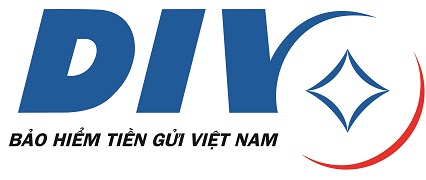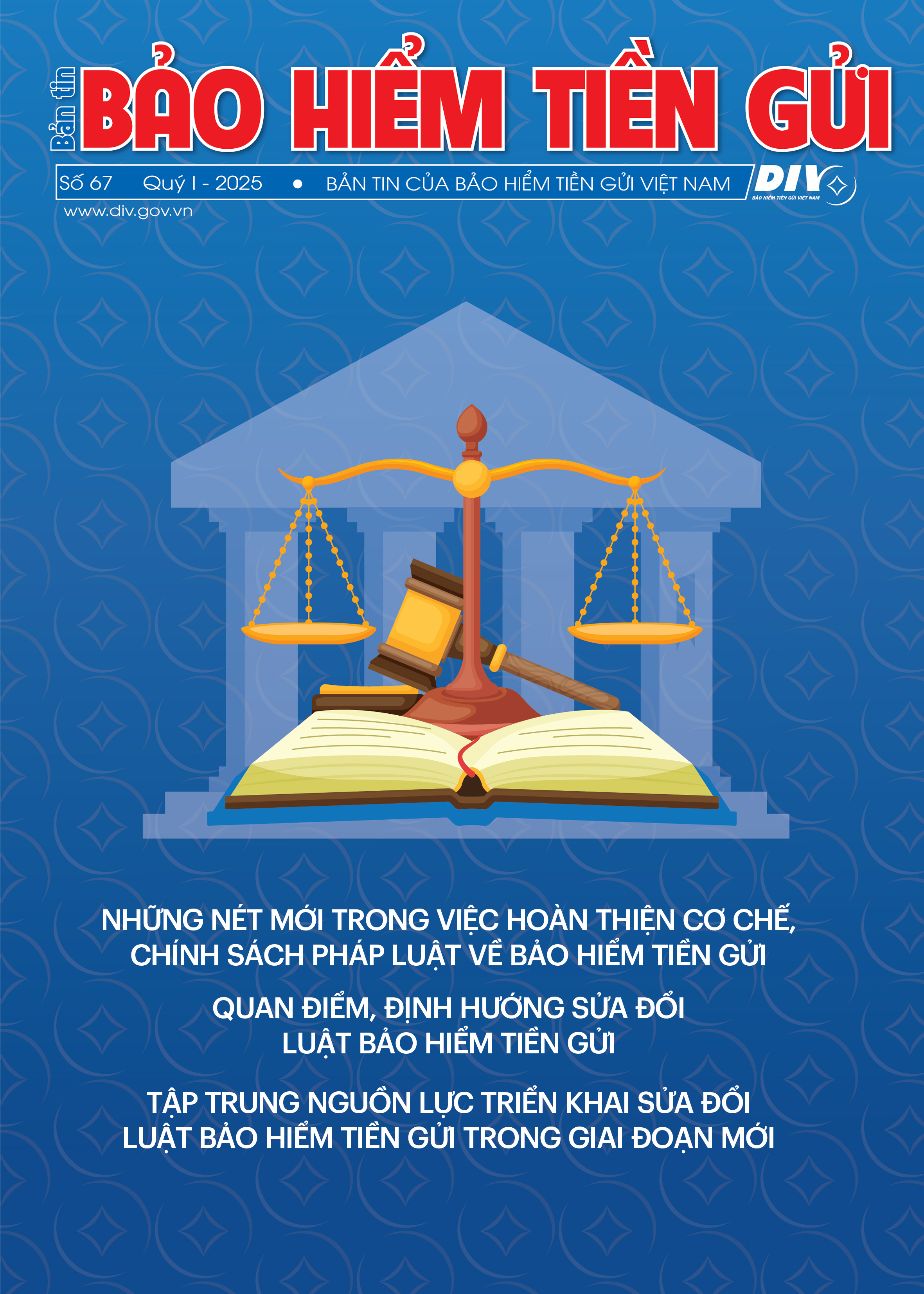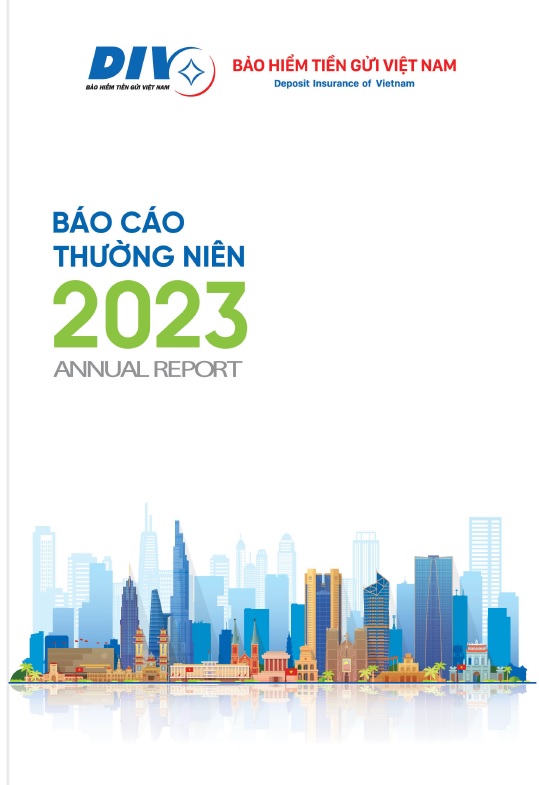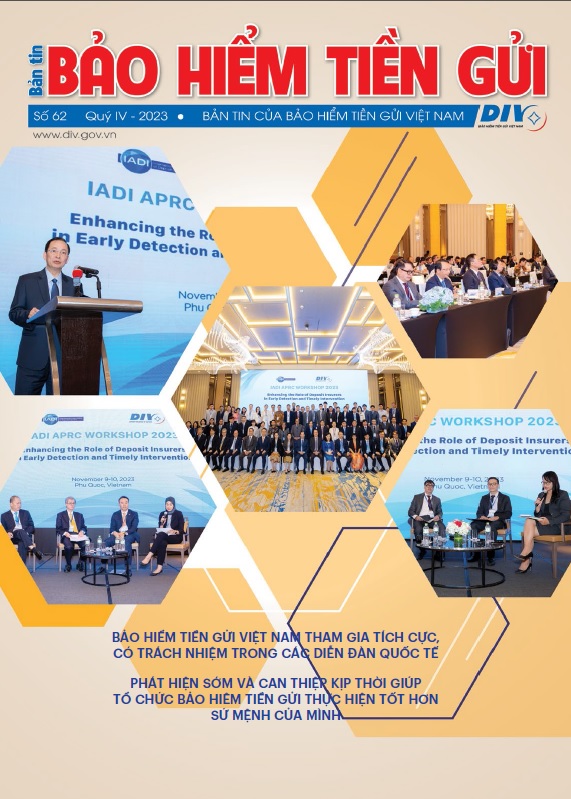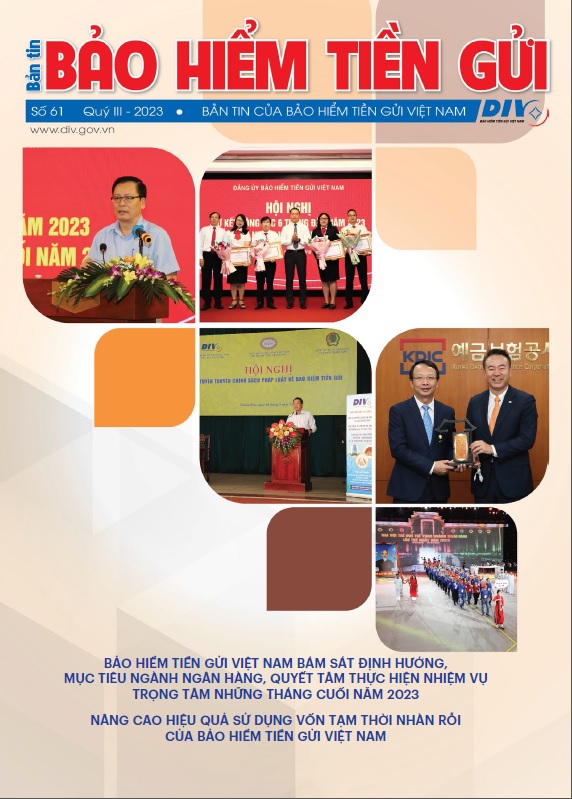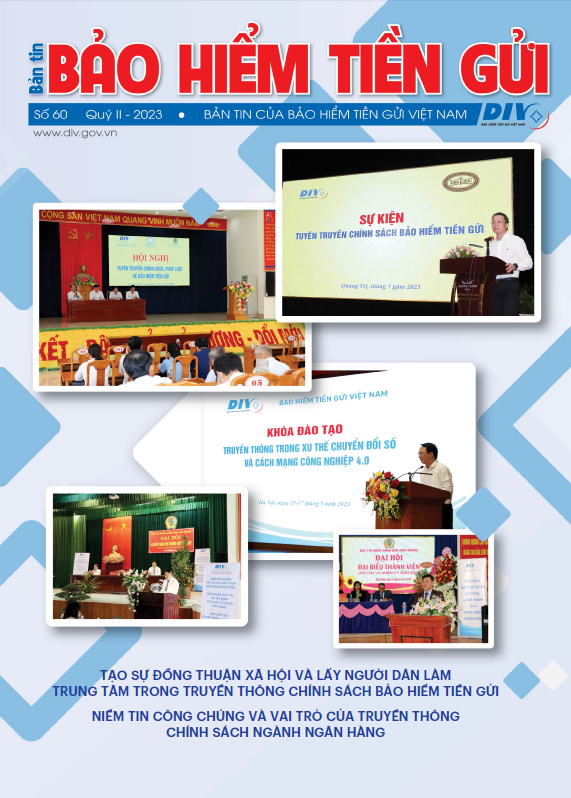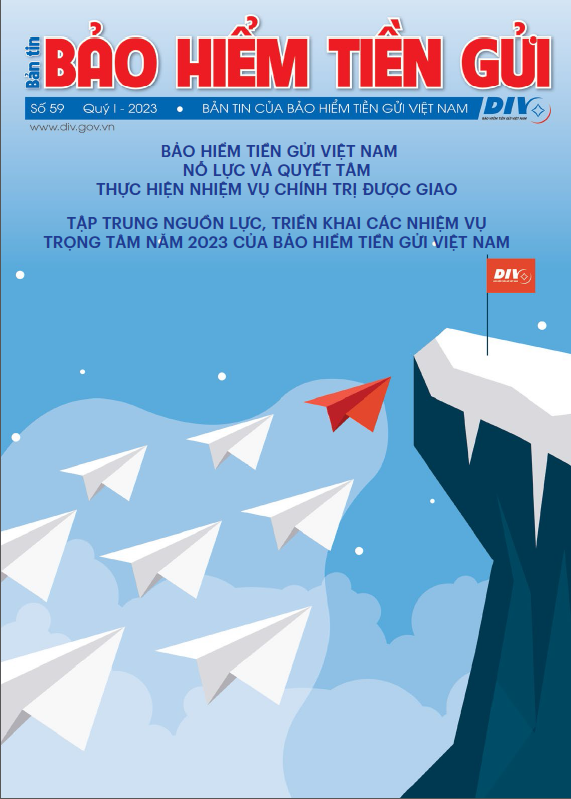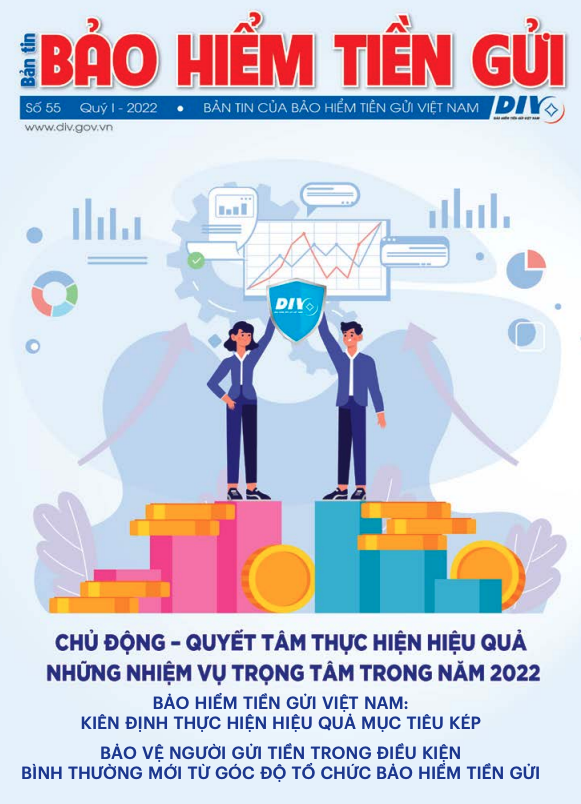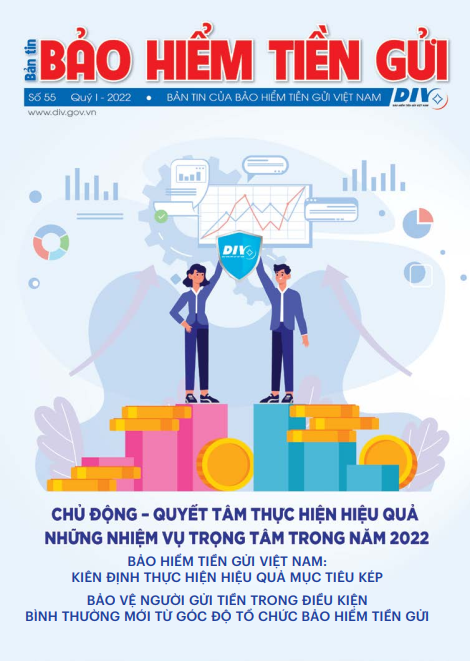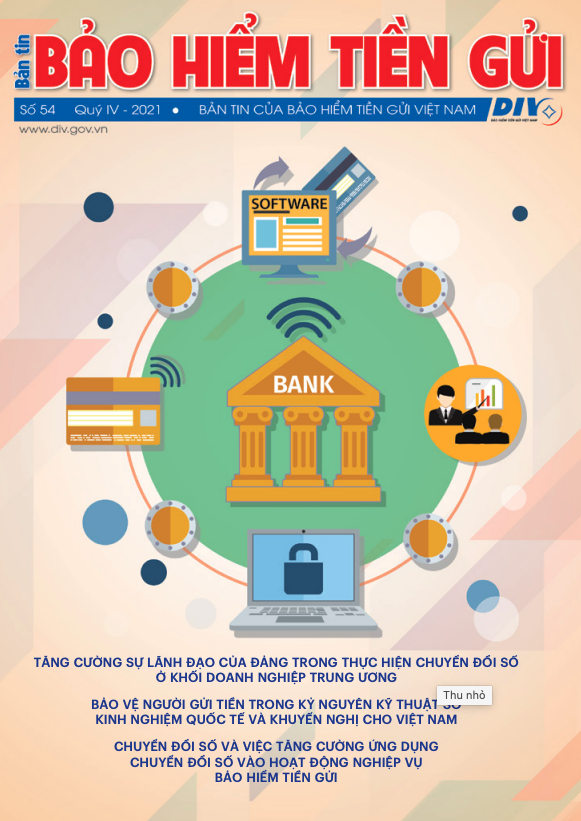Restructure weak credit institutions
Law on Credit Institutions No.32/2024/QH15 (Law on Credit Institutions 2024) includes 15 chapters and 210 articles, replacing the Law on Credit Institutions No. 47/2010/QH12, which has been amended and supplemented with a number of articles according to Law No.17/2017. /QH14 (except for some clauses specified in the transitional provisions). Regarding restructuring, the Law on Credit Institutions 2024 completes regulations to create a basis to promote the process of restructuring credit institutions and resolving weak credit institutions. Some specific changes in restructuring weak credit institutions include:
Firstly, on the basis of inheriting the current Law, the Law on Credit Institutions 2024 has detailed regulations on early intervention, special control and restructuring plans, including recovery plans, merger, consolidation, transfer of all shares, capital contributions, forced transfer plan, dissolution plan, bankruptcy plan. The development and implementation of plans to restructure credit institutions approved by the Special control board have also been adjusted to handle difficulties and problems that have arisen in recent times.
Secondly, regulations on mass withdrawals are added, which clearly stipulate the measures that will be applied when a credit institution experiences a mass withdrawal, including the credit institution's own measures and liquidity support measures to ensure the system safety. These measures will be an effective tool to help the State Bank of Vietnam (SBV) promptly handle the phenomenon of mass withdrawals, ensure the rights and interests of depositors, and increase people's confidence in the banking system.
Thirdly, regarding the conditions for early intervention and special control, the Law on Credit Institutions in 2024 has been supplemented in number conditions and compared to previous time, ensuring that weak credit institutions are warned and detected early and promptly resolved. Accordingly, the conditions for early intervention include 6 cases, including mass withdrawal; the conditions for entering special control also have 6 cases, including mass withdrawals and the risk of losing system security.
Fourthly, regarding early termination of intervention, there are 4 cases, including the additional case where the SBV has a written approval for a credit institution to merge, consolidate with another credit institution, transfer shares, capital contributions, increase charter capital leading to conversion of legal form or a competent State agency has decided to dissolve or bankrupt the credit institution according to the provisions of law. Regarding termination of special control, additional regulations stipulate that credit institutions are allowed by special control board to complete plans for recovery, merger, consolidation, transfer of all shares, capital contributions, compulsory transfer plans or plans for dissolution and bankruptcy of credit institutions. It can be seen that, with this content, the Law on Credit Institutions 2024 covers cases that may occur, ensuring enforcement mechanisms when they arise in reality.
Fifthly, regarding the restructuring process, the Law on Credit Institutions 2024 eliminates the stage of approval of restructuring policies. Accordingly, after assessing the current situation of a credit institution that is inspected by the regulatory authority, the credit institution develops and proposes a restructuring plan, and the competent authority directly reviews and approves the restructuring plan, without needing to go through the approval step. This innovation has shortened the process of implementation time, helping to process options faster and save more resources in the process of restructuring regulated credit institutions.
Sixthly, with respect to the authority to approve restructuring plans, the Government and the State Bank of Vietnam are the competent authorities to approve restructuring plans for credit institutions subject to special control. Accordingly, the Government approved the bankruptcy plan for credit institutions (except for people's credit funds) and appointed the compulsory transferee of commercial banks to be inspected. The SBV approves recovery plans, merger and consolidation plans, transfer of all shares, capital contributions, and dissolution plans for credit institutions subject to special control; compulsory transfer plan for commercial banks with special control; bankruptcy plan for credit institutions approved by the Special control board. This is the biggest difference, the SBV's approval authority is expanded in both scope and subject. That means the SBV takes on more responsibilities, but this helps accelerate the restructuring of weak credit institutions and gradually stabilize the banking system better.
In addition to the above contents, the Law on Credit Institutions 2024 amends and supplements a number of other contents in the restructuring process to enhance the resolution of weak credit institutions to achieve more effective implementation, including the role of DIV.
The role of DIV when participating in restructuring according to the Law on Credit Institutions 2024
According to the provisions of the Law on Credit Institutions amended and supplemented in 2017, DIV has been deeply involved in the restructuring process (participating in 3 restructuring plans and implementing a number of support measures such as special loans, buying long-term bonds from supporting credit institutions, waiving deposit insurance fees for credit institutions with special control). After the Law on Credit Institutions 2024 was promulgated, in addition to the above tasks, the role of DIV continues to be strengthened, participating in a number of new tasks: 4/5 restructuring plans (except dissolution plan); financial support in the form of special loans when credit institutions have mass withdrawals and purchase long-term bonds of credit institutions that receive forced transfer, specifically:
Participate in evaluating the feasibility of recovery plans, merger, consolidation, and transfer of all shares and capital contributions: The special control board coordinates with DIV and Cooperative Bank to evaluate the feasibility of recovery plans and solutions of merger project. Consolidate and transfer all capital contributions of PCF. In fact, the DIV always performed its role and duties well in recent times, contributing and participating in many opinions for the People's Credit Funds to help the Special control board have more basis to make decisions and orient the resolution.
Special loans: DIV provides special loans with a wider scope and more subjects according to the following contents: Regarding scope, DIV provides special loans for 3 cases: (1) Special loans for Commercial banks, cooperative banks, microfinance institutions to support the implementation of recovery plans; (2) Special loans to commercial banks are subject to mandatory transfer; (3) Special loans for commercial banks, cooperative banks, people's credit funds, and microfinance institutions when there is a mass withdrawal. Regarding subjects, DIV provides special loans to both credit institutions that have not been placed in the special control and credit institutions that have been placed in the special control. Compared to the Law on Credit Institutions 2017, DIV has increased its lending role, especially in cases of mass withdrawals and for credit institutions that have not yet placed in the special control. This shows that the supporting role of DIV for system safety and stability is expanded compared to previous regulations.
Buying long-term bonds of credit institutions receiving mandatory transfer: DIV purchases long-term bonds of credit institutions receiving compulsory transfer according to the decision of the SBV to implement the mandatory transfer plan instead of buying long-term bonds of credit institutions support to implement approved recovery plans. This may show that the mandatory transfer option is a difficult option and may be given priority to apply to weak commercial banks that need to be handled, this is also consistent with international practice.
Coordinate the development of bankruptcy plans for credit institutions approved by special control board. According to the Law on Credit Institutions 2024, the Prime Minister decides on the deposit insurance payment coverage limit for depositors, up to the maximum amount of the insured individual's deposit at the credit institution for each bankruptcy option. This decision is made after the Government approves the bankruptcy plan for a credit institution with special supervision that is not a People's Credit Fund and before the SBV approves the bankruptcy plan for a People's Credit Institution with special control.
Reimburse depositors according to the approved bankruptcy plan. (Develop a plan to increase deposit insurance premiums to offset special loans; use money to repay special loans of credit institutions, revenue from selling valuable papers held by DIV, from liquidation of assets of credit institutions with special loans, deposit insurance fees to prioritize repayment of special loans to the SBV.
Waive deposit insurance premium.
Some issues raised when implementing the Law on Credit Institutions 2024
First, about special lending and buying long-term bonds
According to the above analysis, DIV's special loans have increased in both scope and subjects. Especially in the case of forced transfer, DIV participates in supporting both parties, specifically: Directly lending special loans to commercial banks that are subject to mandatory transfer, and buying long-term bonds for Credit institutions receive compulsory transfers. In addition, DIV provides special loans to large-scale credit institutions such as commercial banks and cooperative banks when they have mass withdrawals. Therefore, the problem is that DIV needs to have financial resources large enough to carry out the prescribed tasks.
Second, about participating in evaluating the feasibility of the restructuring plans
Currently, legal documents do not provide specific regulations or instructions on criteria for evaluating the feasibility of recovery plans, mergers, consolidation, and transfer of all shares and capital contributions. This makes it difficult for DIV to have a basis to effectively implement this task. In addition, the participation in assessing the feasibility of the plan to merge, consolidate, and transfer the entire capital contribution of the People's Credit Fund has not been participated in by the Special Inspectorate and DIV and has no practical experience.
Third, about coordination when performing assigned tasks
According to the new task, DIV participates in assessing the feasibility of the plan to restore People's Credit Funds, does not participate in assessing the feasibility of the plan to restore commercial banks, cooperative banks, and microfinance institutions but is assigned the task of providing special loans. especially to implement the recovery plan for commercial banks, cooperative banks, microfinance institutions (not lending to PCFs) or not participating in assessing the feasibility of the mandatory transfer plan but being assigned to implement financial support for transferee and transferee. This mechanism will make DIV more passive when implementing special loans, while not being able to comment on the content of this support measure during the plan development process.
Fourth, participate in developing a bankruptcy plan
Current regulations on the order of developing deposit payment plans for depositors in bankruptcy plans are relatively complicated, with differences between types of credit institutions in terms of the order of steps. The Prime Minister decides on the deposit insurance payment coverage limit for depositors after the Government approves the bankruptcy plan for credit institutions with special control that are not PCFs. For People's Credit Funds with special control, the Prime Minister decides on the deposit insurance payment coverage limit for depositors before the SBV approves the bankruptcy plan. In addition, up to now, no bank or PCF has gone bankrupt. Therefore, close coordination between individuals and units is required in the process of developing a bankruptcy plan.
Fifth, about the increase in DIV fees to offset the special loan
Since its establishment, DIV has always maintained a flat rate of 0.15% per year calculated on the average deposit balance of insured deposits at credit institutions. An increase/decrease in the fee rate has not been implemented yet. Therefore, it is necessary to do research and evaluate the impact of increasing fees on relevant parties, especially the system of credit institutions and the economy, before proposing implementation.
Suggestions and recommendations
Firstly, amend and supplement the current regulations on providing, exchanging information and reporting between the SBV and DIV so that DIV can fully access information related to the restructuring of weak credit institutions according to the Law on Credit Institutions 2024. Accordingly, DIV needs to have full and timely access to information about early intervention, special control, and mass withdrawals; develop and implement plans to restructure weak credit institutions.
Secondly, it is proposed that the SBV need to have documents guiding the assessment of the feasibility of restructuring plans to serve as a basis for the DIV to participate in assessing the feasibility of recovery plans, merger and consolidation plans. The transfer of the entire capital contribution of the People's Credit Fund is subject to special inspection.
Thirdly, propose to the Ministry of Finance to amend regulations related to the financial regime such as diversifying investment forms and increasing capital for DIV to have a mechanism to grow DIV's financial resources, ensuring sufficient resources to carry out new tasks.
Fourthly, DIV continues to coordinate closely with the SBV to propose the amendment of the Law on Deposit Insurance to synchronize with the Law on Credit Institutions in 2024 to clearly and specifically stipulate the tasks of DIV in the process of restructuring weak credit institutions; do research and add new functions and tasks to well perform the assigned tasks under the Law on Credit Institutions in 2024. In the immediate period, DIV needs to review and promulgate a number of administrative and operating documents in cases where there is no need for a guiding document to comply with the Law on Credit Institutions 2024, or there is no need for the Law on Deposit Insurance to be amended or supplemented through approval, ensuring compliance with the provisions of the Law on Promulgation of Legal Documents. For long-term tasks, DIV proactively researches and proposes to the SBV and relevant agencies on amendments to activities as well as mechanisms to support deposit insurance activities in order to amend the Law on deposit insurance for implementation throughout the system.
In addition, DIV needs to continue to strengthen training and retraining of human resources, improve professional qualifications and practical experience to meet the requirements set in the current and future periods; enhance the exchange of experience, send staff to practical training at domestic and foreign credit institutions; Have a policy of recruiting high-quality personnel to be ready to support and perform tasks in the process of restructuring weak credit institutions.
Communication Department
